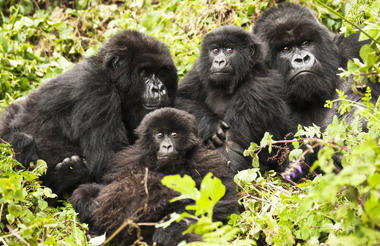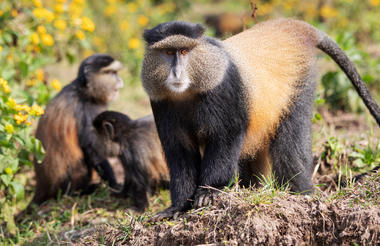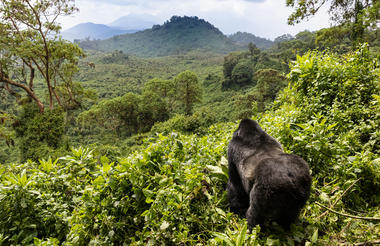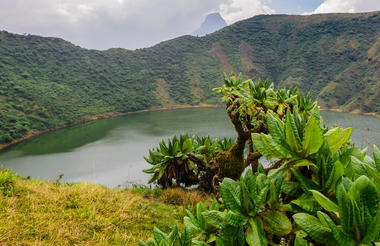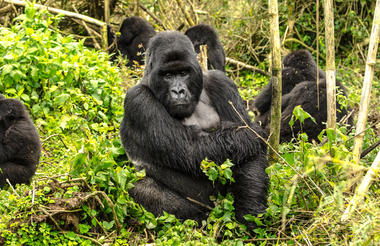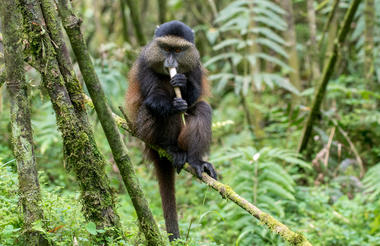Resting at the foot of Mount Meru, the sprawling city of Arusha is known as the safari capital of northern Tanzania. It serves as an excellent base from which to explore the remarkably scenic surrounding area which includes majestic Mount Kilimanjaro, as well as the Manyara, Tarangire and Ngorongoro National Parks. Arusha is a good spot to take a day or two off from the safari circuit as it features a temperate climate and lush surrounds. Visitors can look forward to exploring the wildlife-abundant Serengeti National Park; the magnificent Arusha National Park; and taking on the challenge of climbing Mount Meru, Africa’s fifth highest mountain.
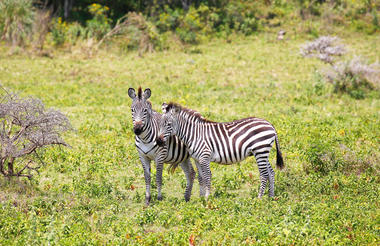
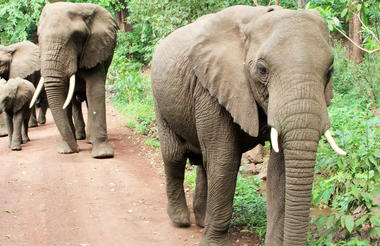
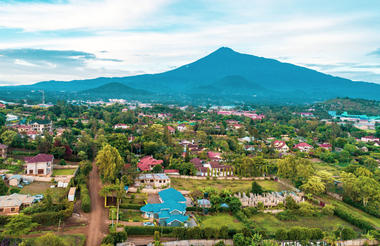
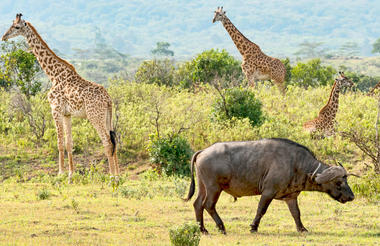
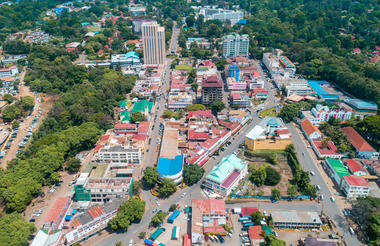
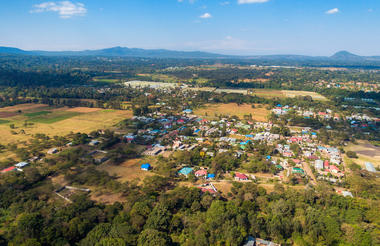
Travellers heading for the Serengeti and Ngorongoro Crater will pass through the town of Karatu in the green hills of Tanzania’s northern highlands. Presided over by the towering Ol Deani Volcano, this small, colourful town serves as a popular overnight stop for visitors exploring the area’s many game parks. The town offers a variety of activities including browsing the bustling marketplace, sampling beer at a local brewery, visiting a traditional homestead, or taking a guided walk through the Ngorongoro Forest in search of waterfalls and caves. Whether you are looking for cultural tours, hiking and biking opportunities, a chance to enjoy an authentic rural Tanzania experience, or simply a break between safari game drives, this underrated town has plenty to offer.





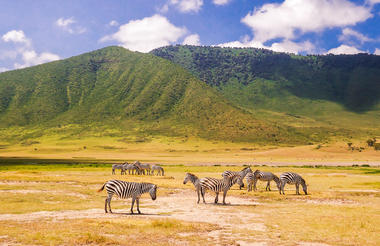
Situated in the heart of Tanzania, the Central Serengeti encompasses the world-famous Seronera Valley which is known for its prime wildlife-viewing opportunities. This picture-perfect landscape is characterised by endless stretches of savannah-covered open plains interspersed by rocky outcrops of granite and scattered with acacia woodlands and covered in a network of rivers and streams. The Central Serengeti forms part of the great wildebeest and zebra migration and provides an ideal habitat for a variety of wildlife such as giraffe, impala, waterbuck, hippo, elephant, buffalo, lion, leopard, hyena, jackal, serval and much more. Popular activities include: game viewing, cultural tours, horse riding safaris, and hot air ballooning over the spectacularly scenic terrain.
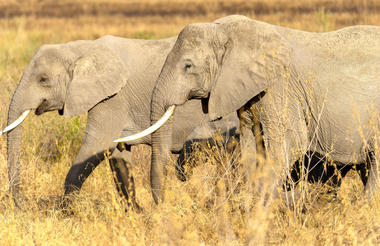
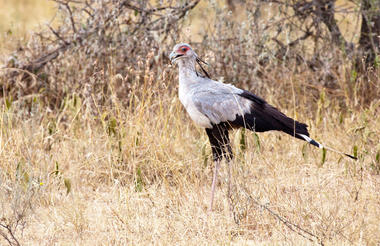
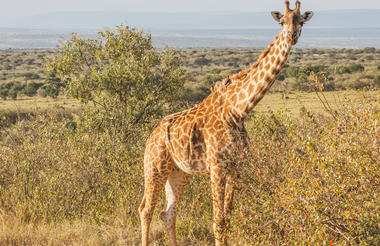
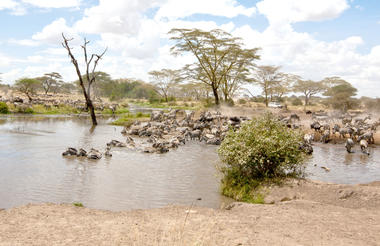
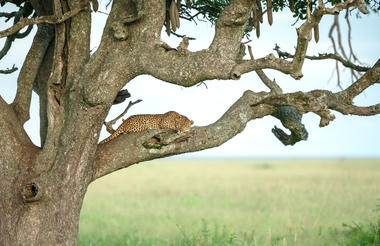
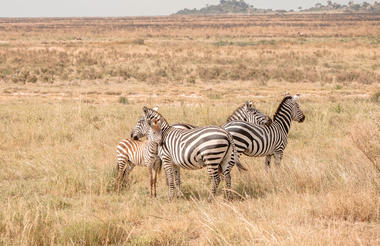
Perched at an elevation of approximately 1,850 metres, Rwanda's capital city sprawls across a series of verdant hills and valleys and is the country’s financial, commercial and cultural hub, . This undulating terrain provides panoramic vistas, with Mount Kigali offering well-marked trails for hikers to explore its lush vegetation and unique wildlife. The city's history is deeply etched in sites like the Kigali Genocide Memorial, a poignant tribute to the nation's past. Today, Kigali thrives with a vibrant arts scene, exemplified by venues such as the Inema Arts Center, where contemporary Rwandan art flourishes. Culinary enthusiasts can indulge in the city's burgeoning food scene, including traditional milk bars that serve fresh dairy-based beverages. The Kimironko Market presents a sensory feast of fresh produce, textiles, and crafts. The Uganda National Mosque, commissioned by Libya’s former leader Muammar Gaddafi, was built to strengthen diplomatic and religious ties between Libya and Rwanda. Nearby, Nyamirambo brims with colourful streets, local boutiques, and a lively nightlife.



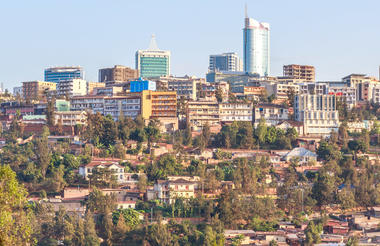
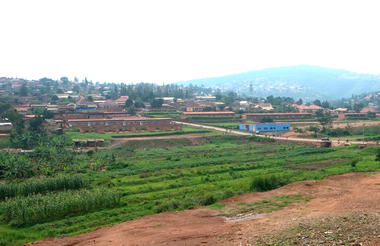
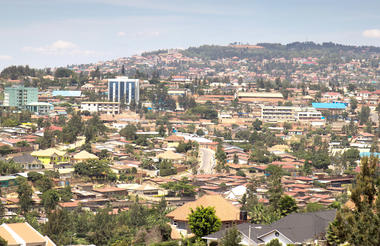
Set high on the jungle-covered slopes of the volcanic Virunga Mountains in Rwanda, the Volcanoes National Park is best known as a sanctuary for the region’s rare mountain gorillas. Visitors flock here to experience face to face encounters with these intriguing creatures. Regulated treks through the reserve allow visitors to spend an hour at a time with these incredible primates in their natural habitat. While the gorillas are without a doubt the main drawcard, visitors can also look forward to exploring a network of scenic hiking trails, with the beautiful day hike to the crater lake on Mount Bisoke being a particular highlight. Make sure to visit the fascinating Karisoke Research Centre and the tomb of the world-famous Dian Fossey.
